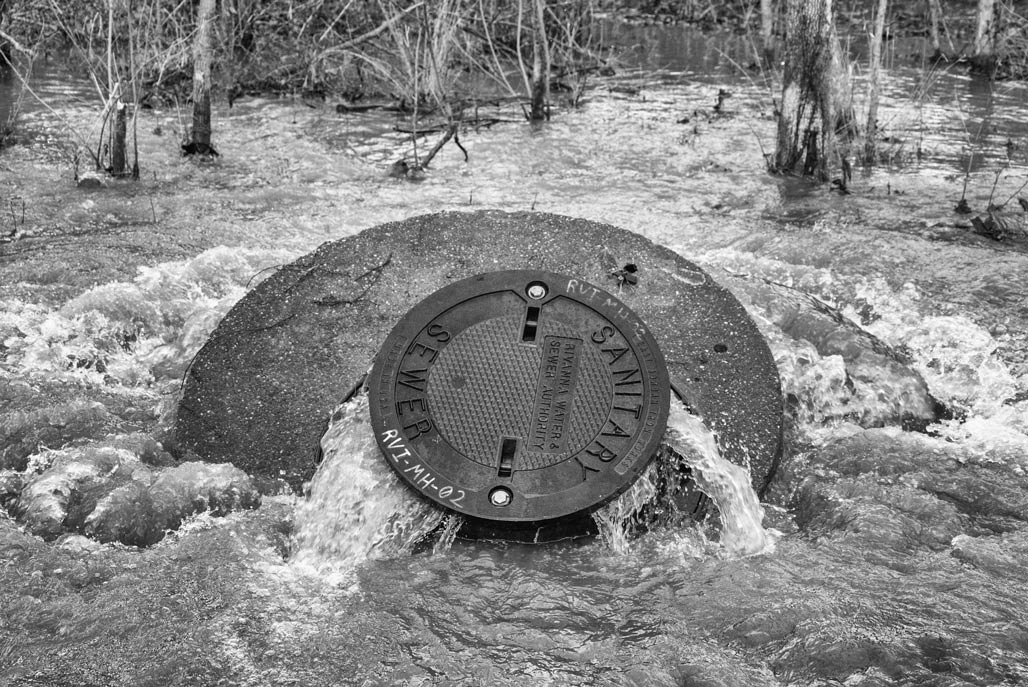
(if the photo is too small there is video)

Sat, Jan 15, 2011 at 5:53 PM To: Council
Cc: tfrederick@rivanna.org
Dear Councilors,
December 8, during RWSA’s presentation on the Rivanna Pumping Station, I asked Mr. Frederick how much it would cost to repair the inflow and infiltration problems that affect our waste water system (by system I meant all waste water pipes that connect to RWSA’s waste-water treatment plants).
As I understood his response, to get to the optimal industry standard practices fix of our waste water system would cost $400 million, this is the fix where there is still I&I but it is substantially reduced. To actually fix the pipes (make them water-tight, no one does this), would cost around two billion dollars.
Rivanna runs a system, hydration and sanitation. Alas, I can’t think of an apt analogy. My not so accurate way of thinking of it…
“It is like a car. The input side, the water supply, is the gas. Water supply speeds up the economy, we can hook up houses, hook up businesses. The safety side, the sanitation, is like the brakes. The waste-water (output) side must collect and treat the effluent from these houses and businesses.”
Our region has spent a great deal of time/money studying the input side. It is my impression that we have spent less time studying the output side. If I understood Mr. Frederick correctly, a detailed study of the waste-water side would take ten years to perform. The RWSA board in the past (2005) approved an evaluation of the waste-water side, but it’s my impression that that evaluation was not equal to a detailed study.
To me, it makes sense to repair the sanitation side in lock-step with increases on the water-supply side, like balancing a budget. Hope this will happen as we move forward.
Does the 25% I&I reduction by 2020 to which we (RWSA, ACSA, CHO Public Works) have committed achieve that balance?
Thanks,
Bill Emory Charlottesville VA 22902